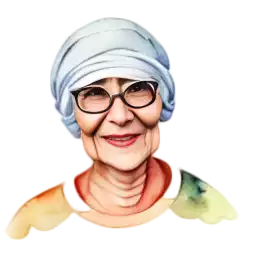Why do walls in a house without an outer finishing layer get wet?
The brick house had been standing for six years without finishing, there were no problems with the walls getting wet. Last year the repairs were made, and the wallpaper was glued. The repair went on for six months, and during that time, too, nothing got wet. This year, in January, the house began to live, two bathrooms were used. Soon I began to notice fungus on the wallpaper, and only on the interior walls, at floor level and up to half a meter in height. The wallpaper began to peel off a little. On the outside walls, where the radiators are, everything was clean. The other day I found wetting and efflorescence on the facing bricks, only in the lower rows, so far only on two walls. Decorative stone, which is used for facing the foundation, is swollen, it is kind of cracked.
What could be the problem? There is ventilation in the bathrooms, the exhaust fans work.
Answers
It looks like there is no waterproofing of the foundation, and what 8 years the house took in itself, now gives away.
You have nothing to do with ventilation or walls – then there would be no containment downstairs, the upper corners would get damp.
You have something with the basement (waterlogging) – the sewer/water pipes may be leaking. The moisture is most likely from the ground.
A flooded basement takes all summer to dry.
The slab (if it is a slab) should hang in the air, and if it is on the ground – there is no need for a strip foundation. If you mean slab – floors on the ground, they should be waterproofed and separated from the walls.
A radical move is to dismantle the floors and lay new ones on the joists (this is if the warm floors are leaking).
And to make a decision will have to drill holes along the wet walls (inside the house) to determine the level of wetness – below the floor, flush with the floor, above the floor.






